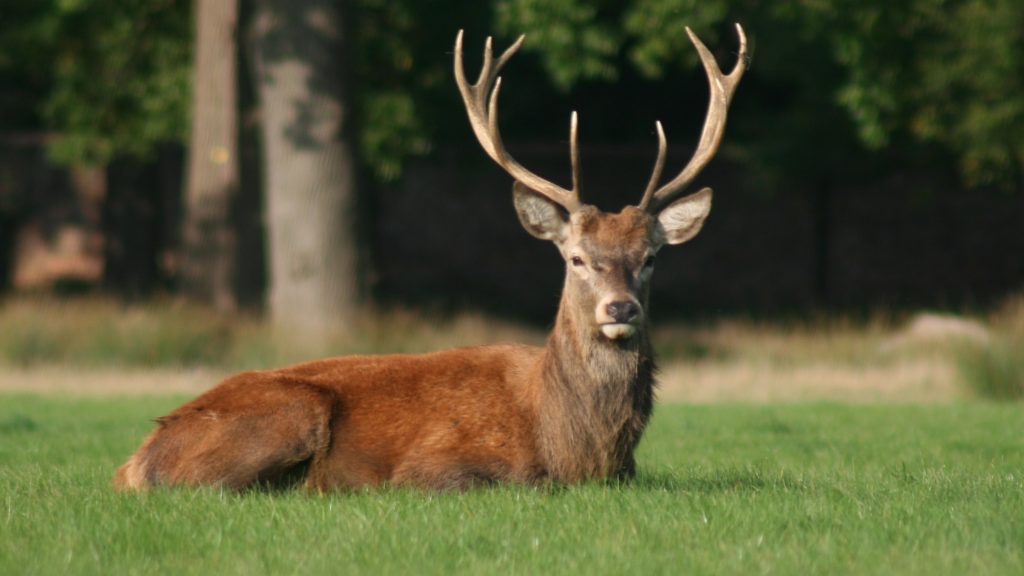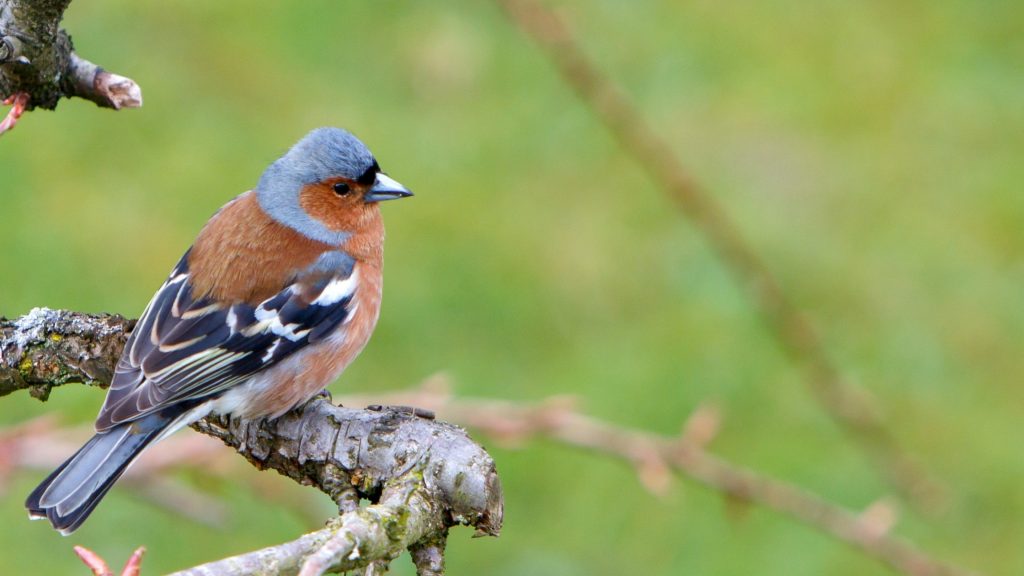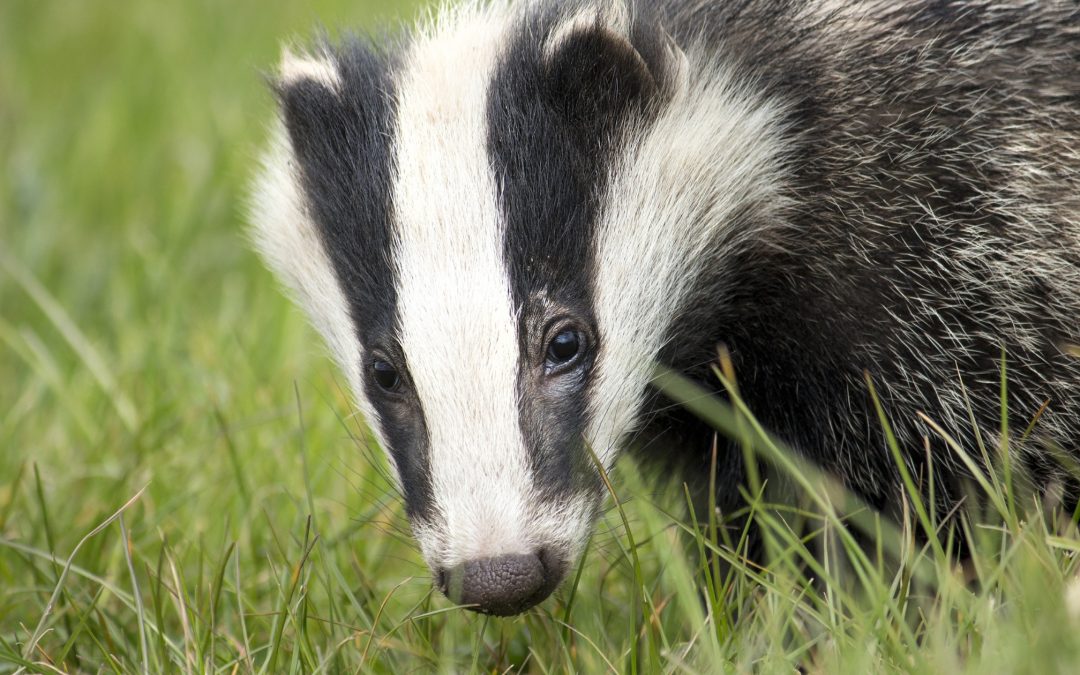Imagine a family’s weekend adventure, where little feet tread softly on a path surrounded by the whispers of nature. In Stockport’s reserves, these paths twist and turn, leading eager young explorers on a quest to spot the shy inhabitants of the woods and waters. It’s a game of hide and seek with nature, where every rustle and splash promises the thrill of a new discovery.
Stockport’s green spaces are a treasure trove of wildlife, waiting to be uncovered by curious eyes. From the flash of a kingfisher’s blue to the darting shadows of fish in the river, these reserves are a playground for the senses. They offer a unique classroom where children learn not from books, but from the storybook of the natural world around them.
This guide to wildlife spotting for kids in Stockport’s reserves is the key to unlocking the secrets of these natural havens. It’s not just about seeing wildlife; it’s about connecting with the great outdoors and sparking a lifelong love for nature. So, lace up your walking boots and let’s embark on an adventure that promises to be both educational and exhilarating.
Exploring Stockport’s Wildlife Reserves
A Family Adventure Like No Other
When was the last time your family embarked on an adventure that didn’t just end with muddy boots but also left hearts full of awe? In Stockport’s wildlife reserves, there’s a story at every turn, a lesson in every rustle of leaves. They aren’t just places; they’re gateways to incredible journeys for both young explorers and their guides—us, the adults tasked with nurturing their curiosity.
Imagine this: a Sunday morning, the air crisp, kids with binoculars around their necks, eager for what might cross their path. Here’s where the magic happens. Why should they care? Because amidst the orchestra of nature, children learn not just about the birds and the bees but the rhythm of the earth itself.
The Unseen Inhabitants of Stockport
But who are these elusive creatures sharing our space? From the majestic deer, tiptoeing at dawn, to the humble hedgehog, bustling through the underbrush come dusk, Stockport’s reserves are alive with the shy, the swift, and the simply astounding. Exploring these spaces turns every whisper of wind into a potential spectacle, urging kids to ask, “Who’s there?” And isn’t that the spark of science and discovery—the constant quest for answers?
Amidst the variety of wildlife, birds hold a special place. Their songs serve as a natural symphony, setting a soundtrack to every expedition. An ordinary walk turns into an extraordinary discovery of melodies, teaching kids the value of listening, truly listening.
Every Visit Tells a New Story
No two visits to Stockport’s reserves are ever the same. Nature has a way of subtly shifting the scenery, ensuring that every venture is unique. One day it’s the rabbits putting on a show; another day, the stoic herons dominate the narrative. These shifts highlight the dynamic tapestry of life, encouraging frequent visits.
Connecting With Nature, Connecting With Ourselves
But what’s truly remarkable about introducing kids to wildlife spotting in these reserves? It’s the silent moments of connection—not just with nature but amongst families. As eyes meet over a shared sighting, there’s an unspoken joy, a shared triumph in the discovery.
Tips for Wildlife Spotting with Kids
Embarking on a wildlife spotting adventure with kids in the reserves of Stockport isn’t just about ticking off a list of animals you might see. It’s about sparking a flame of curiosity and wonder in the young minds accompanying you. Ever wondered why some children seem magnetically drawn to the outdoors, while others prefer the comfort of their digital screens? Perhaps it’s about how we, as guides, frame the narrative of nature.
Start with a Story
Imagine walking through the lush greenery of a reserve, your child’s hand in yours. Instead of pointing and naming the first bird you see, why not weave a little tale? “Legend has it, that bird can sing seven different songs to call its friends.” Suddenly, you’re not just birdwatching; you’re treasure hunting. Stories have this magical ability to transform a simple outing into an unforgettable quest. They grasp children’s attention, making them yearn to discover more.
Pack a Discovery Kit
Children love feeling like they’re on a mission. Packing a ‘discovery kit’ can turn a casual walk into an exciting expedition. A magnifying glass, a pair of binoculars, and a wildlife checklist can empower them to explore and engage actively with their surroundings. It’s the difference between passively observing and becoming a young explorer on a grand adventure.
Encourage Quiet Observation
In today’s fast-paced world, teaching kids the value of stillness and observation is a powerful life lesson. Encourage them to sit quietly, even just for a few minutes, and watch the world around them. They’ll soon realise that patience can be rewarded with the flutter of tiny wings or the scurry of hidden creatures. This practice isn’t just about spotting wildlife; it’s about cultivating mindfulness and appreciation for the slower pace of nature.
Take the Road Less Travelled
While main paths in reserves are often bustling with visitors, the quieter, less-trodden paths might offer more intimate encounters with wildlife. These routes allow kids to feel like they’re uncovering secrets of the reserve, away from the crowds. It’s a beautiful reminder that sometimes, the most memorable adventures are found off the beaten track.

Interactive Activities for Young Explorers
When it comes to sparking an interest in wildlife for kids in Stockport’s nature reserves, engagement is the key. But how does one turn a simple walk in the woods into an adventure that excites and educates? The answer lies in interactive activities that not only educate but also forge a lasting bond between children and the natural world around them.
Have you ever thought about why children should care about wildlife spotting? It’s not just about identifying different animals or plants; it’s about nurturing a sense of wonder and responsibility towards our environment. By engaging in activities that require them to observe, question, and interact with their surroundings, children learn to appreciate the beauty and complexity of the natural world. So, why not turn their next outing into a treasure hunt?
Scavenger Hunts: A timeless classic, scavenger hunts can be tailored to any environment. Prepare a list of items for them to find, such as a feather, a pine cone, or a specific type of leaf. To make it even more intriguing, include riddles as clues to what they need to find next.
Nature Bingo: Similar to a scavenger hunt but with a twist. Create bingo cards filled with images or names of common wildlife in Stockport reserves. As children spot each item, they get to mark it off. The first to complete a row wins. It’s a fun way to keep them engaged and learning.
Creativity in the Wild: Encourage children to express what they see and feel through art. Bring along sketchbooks or simple drawing materials. After a period of exploration, find a comfortable spot and have them draw or write about their favourite discovery of the day. This not only enhances their observational skills but also allows them to process and remember their experiences.
Why Not Create a Story?: Every animal and plant has a story. After spotting a bird or an insect, ask children to create a backstory for it. Where does it live? What does it eat? Does it have any friends in the reserve? This activity fosters creativity and empathy, allowing children to see wildlife as characters in their own stories, rather than just objects to be observed.

Wildlife Photography for Kids
Why should kids try wildlife photography in Stockport’s nature reserves? Imagine a child’s thrill capturing a fleeting moment—a squirrel darting across a path, a robin perched on a twig, their tiny eyes gleaming with life. It’s not merely about snapping photos; it’s about connecting with nature on a profound level. Engaging children in wildlife photography offers them a unique window into the natural world, fostering an invaluable appreciation and understanding of wildlife that no textbook can provide.
Wildlife photography can transform the way children see the world. Consider the story of Ellie, an eight-year-old from Stockport, who set out with her simple digital camera to explore a local nature reserve. Her mission was to photograph as many bird species as she could. Through her lens, she not only learnt about the diverse birdlife but also about patience, silence, and the art of observation. Each photo she took was a story, a moment of discovery that she could cherish and share.
But why is wildlife photography particularly compelling for children in Stockport’s reserves? The variety of ecosystems from woodlands to wetlands serves as a picturesque canvas, rich in biodiversity. Children aren’t just taking pictures; they’re embarking on an adventure, stepping into the shoes of explorers and scientists. It encourages them to ask questions: Why does that bird have such colourful feathers? What’s that insect, and what’s it doing?
- Equipment: Begin with any basic camera or even a smartphone. The emphasis should be on the experience rather than technical perfection.
- Setting Expectations: Help them understand that patience is key and not every outing will result in spectacular shots. It’s about the journey, not just the outcome.
- Learning and Sharing: Post-excursion, involve kids in identifying the wildlife they’ve photographed using apps or field guides. Share their pictures and stories, fostering a sense of achievement and belonging to a community of young naturalists.
Incorporating photography into wildlife exploration offers a fresh, interactive way for kids to relate to nature. It’s about looking closer, appreciating the tiny details, and understanding the importance of conservation through their own eyes. By encouraging them to capture the beauty and fragility of nature, we’re not just teaching them to be good photographers; we’re nurturing future custodians of our planet.
Preserving Wildlife Habitats
When wandering through Stockport’s nature reserves, have you ever stopped to think about the intricate tapestries of life you’re walking through? Preserving wildlife habitats isn’t just about saving trees or animals in isolation—it’s about safeguarding a complex, interconnected ecosystem where each organism, from the smallest insect to the majestic deer, plays a vital role. But why should this matter to us and, more importantly, to our children?
Imagine a young girl, let’s call her Mia, stepping quietly through the underbrush, her eyes wide with wonder. Each bird call, every rustle in the leaves, is a mystery unfolding before her. For Mia, and many children like her, these moments are where a lifelong bond with nature begins. It’s here, amidst the whisper of the trees, that the true importance of preserving wildlife habitats becomes clear.
Mia’s story isn’t unique, but it’s profoundly significant. Children who develop a connection with nature tend to grow into adults who value and strive to protect their natural surroundings. This understanding and relationship with the environment can shape the future stewards of our planet. Through the eyes of a child, the need to preserve wildlife habitats becomes more than just an ecological duty; it transforms into a personal mission.
But how do we convince the younger generation that wildlife habitats are worth preserving? It’s about making it relevant to them. Let’s put it this way: if the habitats disappear, so do the animals and the adventures. It’s as if someone took away their favourite playground, piece by piece. Nobody wants to see their playground diminish, do they?
The Role of Wildlife Spotting
Wildlife spotting in Stockport’s reserves serves as a gateway for children to witness biodiversity up close. It’s not just about seeing animals in their natural habitat; it’s about understanding the delicate balance that allows these ecosystems to thrive. As families embark on these explorative journeys, they’re not only creating memories but also embedding a deep-seated respect for the environment.
Moreover, introducing kids to the world of wildlife spotting comes with its set of adventures. Each outing is an opportunity to discover something new, to learn patience, and to develop observational skills. These experiences are invaluable, teaching children critical lessons about respect, conservation, and the beauty of the natural world.
Conclusion
Stockport’s nature reserves offer a unique classroom under the open sky where children like Mia learn to cherish and protect our natural world. Through the simple yet profound act of wildlife spotting families come together sharing moments of discovery and wonder. These experiences are not just about the joy of seeing a bird take flight or spotting a shy deer in the underbrush; they’re about planting seeds of responsibility and care in the hearts of the next generation. Let’s step into the great outdoors and help our children forge lasting bonds with nature. After all they’re not just the future guardians of our planet—they’re the custodians of its present too.
Stephen F is the publisher of this website, he is a long term resident of Stockport. Over the years he has explored every area within Stockport from the Merseyway Shopping Centre to the Etherow Country Park trails.
He can often be found on a lazy Saturday morning frequenting one of Stockport's many coffee shops sipping his favourite latte.
One of his big passions is to go for long country walks with his pet golden retriever Lottie.
One thing is certain he knows Stockport!

